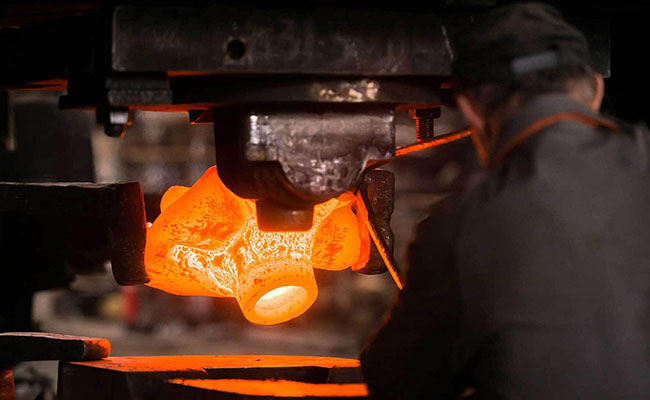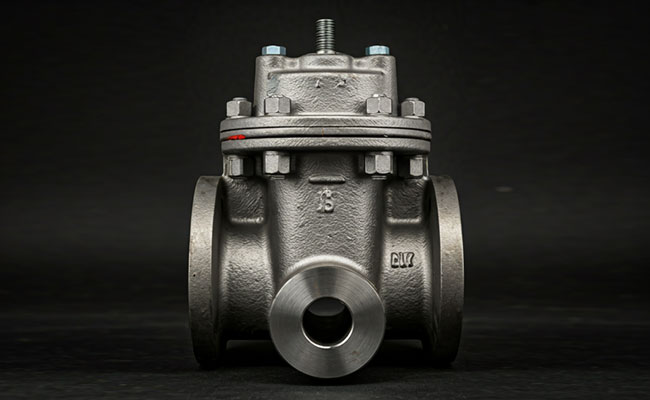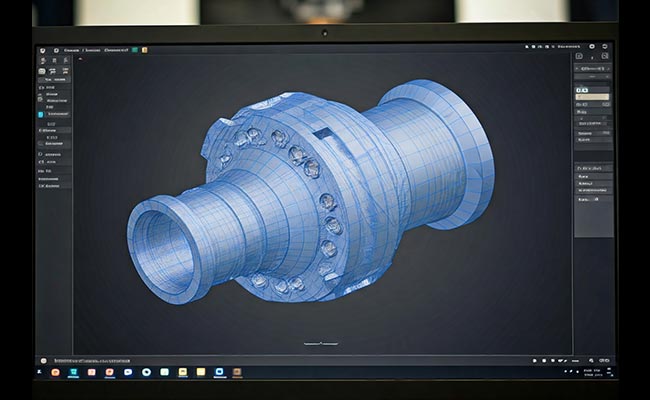
Common Surface Treatment in Casting
2024-08-05
Open Die Forging: A Versatile Metalworking Process
2024-08-26Forging is a crucial manufacturing process that has been employed for centuries to shape metals into desired forms through controlled deformation. It enhances the mechanical properties of metals, making them stronger and more durable. Various forging techniques exist, each suited to different materials and end-product requirements. Here, we explore some of the most common forging processes and their applications.
1. Open Die Forging
Open die forging, also known as free forging, involves shaping metal between multiple dies that do not completely enclose the workpiece. The metal is hammered or pressed into shape, allowing for flexibility in forming various sizes and shapes. This process is ideal for large parts that require significant deformation, such as shafts, discs, and blocks. It improves material strength and grain structure by aligning the metal’s fibers in the direction of the stress.
2. Closed Die Forging
Closed die forging, or impression die forging, uses two or more dies containing shaped impressions that enclose the workpiece completely. The metal is squeezed or hammered into the die cavities, forming precise shapes with high dimensional accuracy and little material waste. This process is suitable for producing complex, high-strength parts in large quantities, such as automotive components, aerospace parts, and hand tools.
3. Cold Forging
Cold forging involves shaping metal at or near room temperature, typically using high-speed presses or rollers. Unlike hot forging, which requires heating the metal to high temperatures, cold forging improves material strength through strain hardening without altering its mechanical properties. This process is cost-effective for producing small to medium-sized parts with excellent surface finish, such as bolts, screws, and precision components for electronics.
4. Hot Forging
Hot forging involves heating the metal above its recrystallization temperature and shaping it into the desired form using dies and presses. This method enhances the metal’s ductility and reduces its strength, making it easier to deform while improving the grain structure and overall mechanical properties. Hot forging is used to manufacture large, complex parts with high strength requirements, including crankshafts, connecting rods, and turbine blades.
5. Isothermal Forging
Isothermal forging is a specialized process where the metal is maintained at a constant temperature throughout the deformation process. This technique reduces forming forces, minimizes tool wear, and improves material properties by ensuring uniform deformation and grain refinement. Isothermal forging is commonly used for superalloys and titanium alloys, where precise control over temperature is critical to maintaining material integrity and performance.
6. Roll Forging
Roll forging, also known as cross-wedge rolling, involves shaping metal between two rollers or dies that exert compressive forces while rotating. This continuous process elongates and shapes the material, improving its mechanical properties and grain structure. Roll forging is used for producing long shafts, axles, and railroad components, providing high production efficiency and material utilization.
Applications and Advantages
Each forging process offers distinct advantages depending on the material properties, part complexity, and production volume required. Forged components are known for their superior strength, toughness, and fatigue resistance compared to cast or machined parts. Industries such as automotive, aerospace, oil and gas, and construction rely heavily on forging to produce critical components that meet stringent performance and reliability standards.




